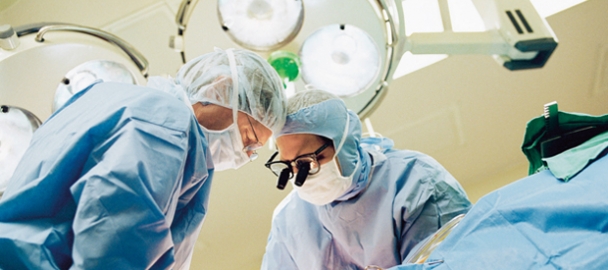
Deep Brain Stimulation (DBS) may be an effective treatment option for patients with movement disorders; specifically essential tremor, dystonia or Parkinson’s disease, and those whose symptoms are too severe to be controlled with medication.
DBS involves implanting a device similar to a pacemaker, called a neurostimulator, in the upper chest. The neurostimulator is attached by a hair-thin wire to electrodes threaded into the precise area of the brain causing the motor issues.
Before placement, the patient receives a specialized magnetic resonance imaging (MRI) and computed tomography (CT) scan to pinpoint the precise area within the brain where electrical nerve signals are generated.
The electrodes deliver electrical stimulation to targeted areas in the brain that control movement, blocking the abnormal nerve signals that cause tremors and the symptoms of Parkinson’s disease. There are four contacts on each electrode, which under the care of a neurologist, can be turned on and off individually, as needed. The intensity and frequency of the electric impulses can be adjusted to best control the patient’s tremor.